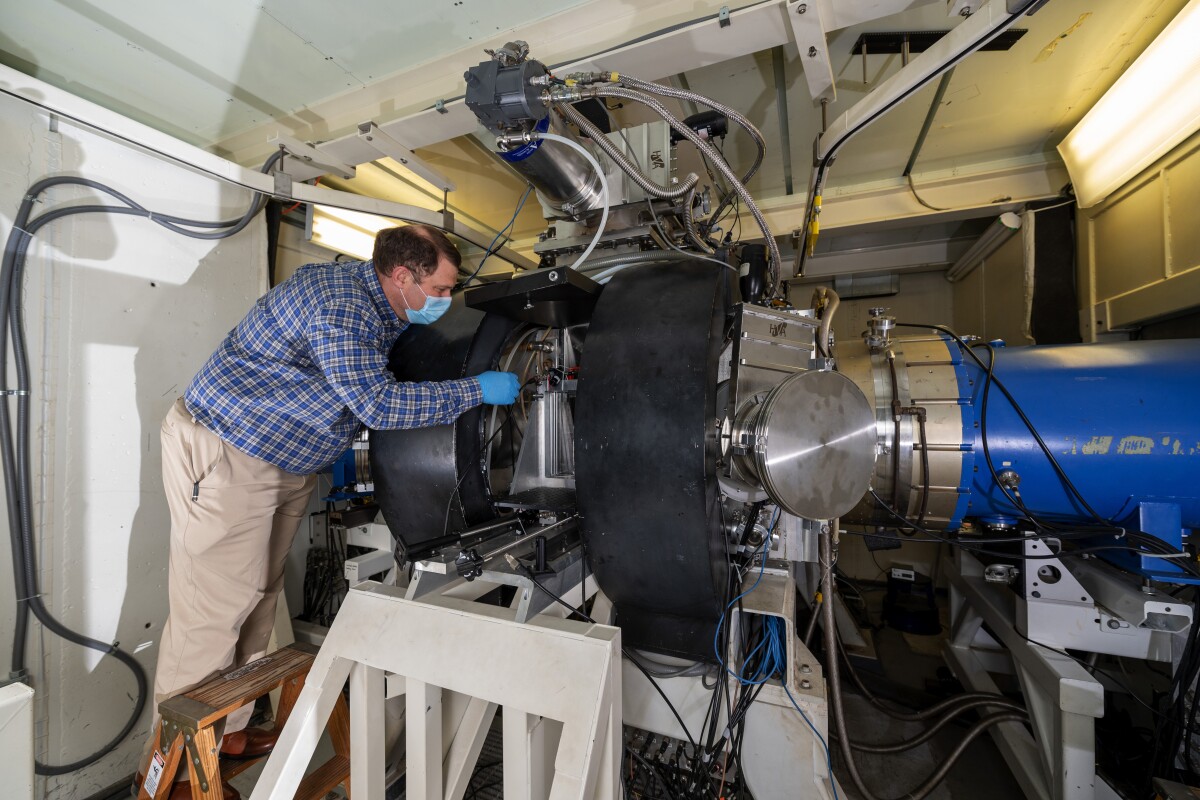The facility would be located on 14 acres along West Jack London Boulevard. (City of Livermore)
LIVERMORE, CA — The Livermore City Council voted unanimously and enthusiastically to support a proposal for Pacific Fusion to build a billion-dollar fusion energy research facility on West Jack London Boulevard that is estimated to bring 250 high-paying jobs to the city.
Pacific Fusion, a new company devoted to helping achieve fusion energy, will now choose whether to build a facility in Livermore or competing cities like Alameda or Albuquerque.
“Could you think of a better city? Our city seal has the atom on it,” said Vice Mayor Evan Branning as he gestured toward the seal on the dais. “We aren't just looking to build you a box to put your technology in. Livermore is the city, the only city, that is going to support you not just through building this building, but for as long as you are here to make sure that this is the location to expand this technology.”













